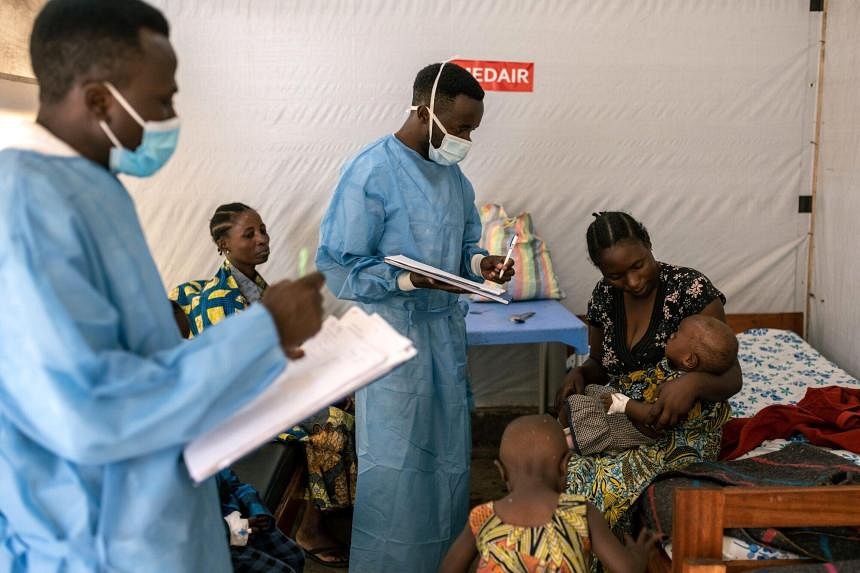This new clade is more infectious and has a higher mortality rate than clade II, which caused the outbreak in 2022, said Professor Roy Chan, a National Skin Centre senior consultant specialising in sexually transmitted infections.
“Whilst we may think that the current epidemic is far away, we should remember the 2022 epidemic spread rapidly to Western Europe and the United States, and then to the rest of the world,” he noted.
Prof Hsu said: “While whether and when to declare a PHEIC is almost always contentious, it is clear that this earlier declaration might secure resources and support that could help prevent a pandemic on the same scale as (the mpox pandemic in) 2022-2023.”
Prof Fisher said that when there is a new clade that appears to be both more infectious and more virulent, it is natural for the WHO to be more conservative, such as by declaring the PHEIC. “Global spread is inevitable, so the current effort is to slow spread while we learn more and, as needed, ramp up our abilities to test, vaccinate and treat.”
Dr Borame Dickens of the SSHSPH, whose area of research includes infectious disease epidemiology, said that as there is still “large uncertainty in the nature of this clade” and there remains the risk of further geographical spread, it warrants close monitoring.
Her colleague, Dr Akira Endo, pointed out that the new clade has infected a larger proportion of young children in the DRC. He said: “This suggests a potentially larger role of non-sexual transmission than the previously globally circulating virus (clade IIb) – through household contact, for example.”
Unicef said on Aug 16 that children account for more than half the cases in the DRC in 2024, as well as the vast majority of deaths. “The evidence indicates that children, especially those malnourished or affected by other illnesses, are the most vulnerable to catching and dying from this strain of mpox.”

